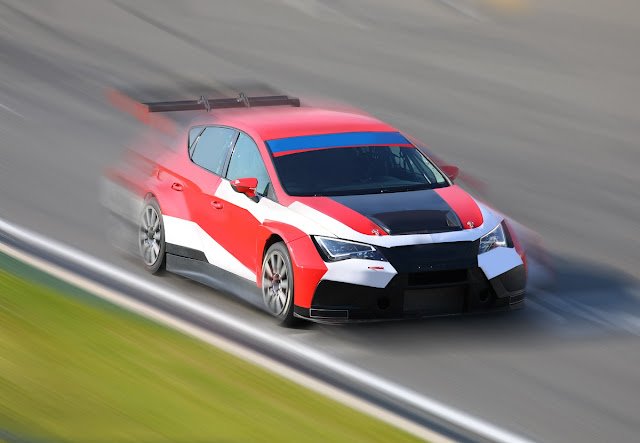While we have yet to discover the secret to inventing flying cars, with the integration of aerodynamic designs in the development of Orlando Toyota car models we are one step closer. For those who are unfamiliar, vehicle aerodynamics is the study of how air interacts with objects in motion. Implementing aerodynamics into car models has been around since the 1920’s when Edmund Rumpler designed a vehicle based off of the shape and idea of a teardrop, nature's most aerodynamic structure. Unfortunately this car was ahead of its time as the need for vehicle aerodynamics was not yet discovered. But, as technology advances and cars are able to travel faster than ever before, the need for vehicle aerodynamics is undeniable.
Understanding Vehicle Aerodynamics
While driving at higher speeds, air resistance (aka drag) increases, negatively affecting vehicle aerodynamics, acceleration, and fuel economy. Drag occurs any time an object moves through a fluid medium, the faster the vehicle the higher the drag. As car velocity increases, the drag will continue to build until it is equivalent to the weight of the car, prohibiting any further movement. Other factors to consider in Toyota of Orlando’s vehicle aerodynamics are the opposing factors, lift and downforce. Lift is the force that counteracts weight and pushes an object into the air, while downforce is what presses an object to the ground. With the right combination, these forces allow for stronger tire grip and better cornering speeds on your Orlando Toyota car.
Developing cars while considering the effects of airflow allows for a smoother ride because the engine won’t have to work as hard as the air glides right off of the surface. One of the most basic implementations of vehicle aerodynamics is rounded out edges in car designs. While more common in race cars, some more advanced aerodynamic accessories are:
- Hood vents - vents on the hood of the car allowing the air passing through the radiator to exit, which maintains airflow through the engine bay and in turn aids in cooling.
- Splitter - a flat edge on the front of the Orlando Toyota car that is parallel to the ground. This keeps the airflow above the car, creating a greater downforce.
- Diffuser - an attachment to the rear underbody of the car that accelerates air flow under the car, strengthening downforce and increasing tire grip.
- Spoiler - a rear attachment that reduces drag and increases stability by obstructing airflow and causes it to move upward, creating downforce for your Orlando Toyota car.
Factors to Consider in Fuel Efficiency
Now that we know the science behind vehicle aerodynamics it’s time that we at Toyota of Orlando settle the heated debate between whether driving with the windows down or up with the a/c on is better for fuel economy. Driving with the windows down increases drag, therefore slowing the car down and burning more fuel. Driving with the windows up and the a/c running puts more strain on the engine causing more fuel to burn. Both factors increase strain on the engine but which is better? The answer that none of us wanted to hear is that, in terms of fuel efficiency, driving with your windows down actually burns less fuel than having the a/c running. Now if you are really running low on gas, you are better off just sweating through it until you are able to fill up.
Looking at Toyota’s impressive lineup of vehicles, it’s easy to see how much consideration our favorite auto brand has when it comes to vehicle aerodynamics. If you’re looking to get behind the wheel of one of these amazingly fuel-efficient vehicles, come visit us at Toyota of Orlando. You can shop our full inventory online 24/7 or visit our dealership at 3575 Vineland Road today!



No comments:
Post a Comment
Note: Only a member of this blog may post a comment.